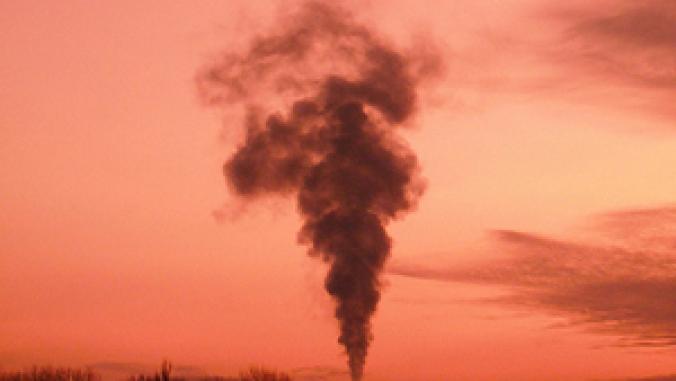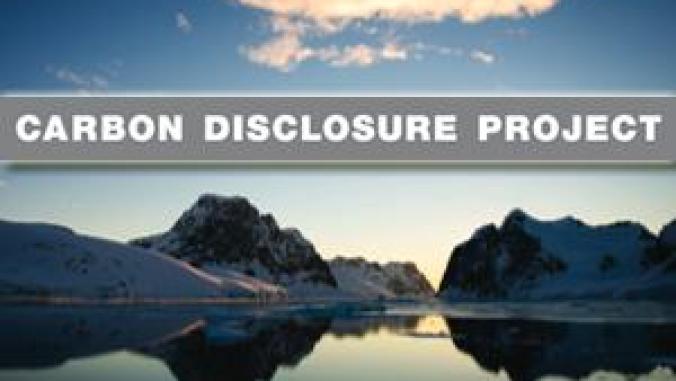2008 Voluntary Carbon Offset Markets Worth $705M
The voluntary carbon markets defied last year’s deteriorating economy by doubling in size and growing in value, according to the latest research from Ecosystem Marketplace and New Carbon Finance.

“Fortifying the Foundation: State of the Voluntary Carbon Markets 2009,” which was released Wednesday, is the duo’s second comprehensive report on voluntary offsets produced and sold outside the compliance markets. The markets are largely driven by corporate social responsibility efforts and P.R. benefits, but buying for investment and resale purposes is growing in prominence.
An estimated 123 million tonnes of voluntary carbon offsets were traded in 2008 at a value of $705 million. That’s roughly double the 65 million tons traded in 2007, which had a market value of $331 million. Most of the gains were made before the global economy's rapid deterioration in late 2008.
This follows impressive growth in 2007, when the voluntary markets more than tripled from their 2006 value of $97 million, according to the inaugural "State of the Voluntary Carbon Markets 2008."
The voluntary carbon markets are divided into two basic parts: the Chicago Climate Exchange (CCX), a voluntary cap-and-trade system that is legally binding, and the over-the-counter (OTC) market, which includes other transactions. For the first time, the CCX surpassed the OTC in trade volume and yearly growth, but OTC credits carry a 66 percent price premium.
The CCX market volume tripled to 69.2 million tons of CO2e, while market value quadrupled from $72 million to $307 million. The average cost of a CCX offset in 2008 was $4.43 per tonne.
In comparison, OTC market volume grew 26 percent in 2008 and the price of these offsets increased 20 percent to $7.34 per tonne.
Renewable energy projects comprise the majority of voluntary offsets, followed by the landfill gas projects. More than 96 percent of voluntary offsets met third-party standards, the most popular of which are the Voluntary Carbon Standard, Gold Standard, Climate Action Reserve and the American Carbon Registry.




